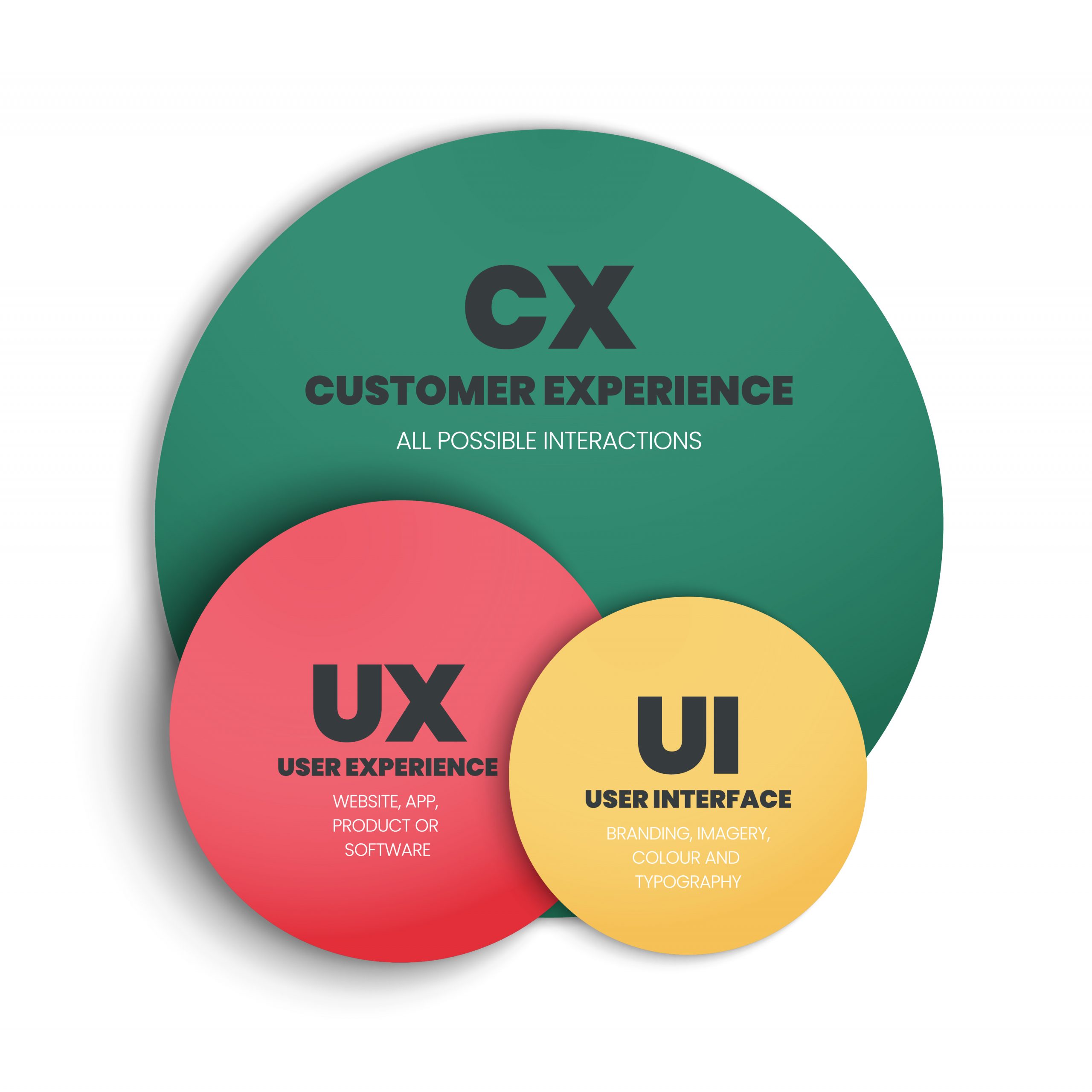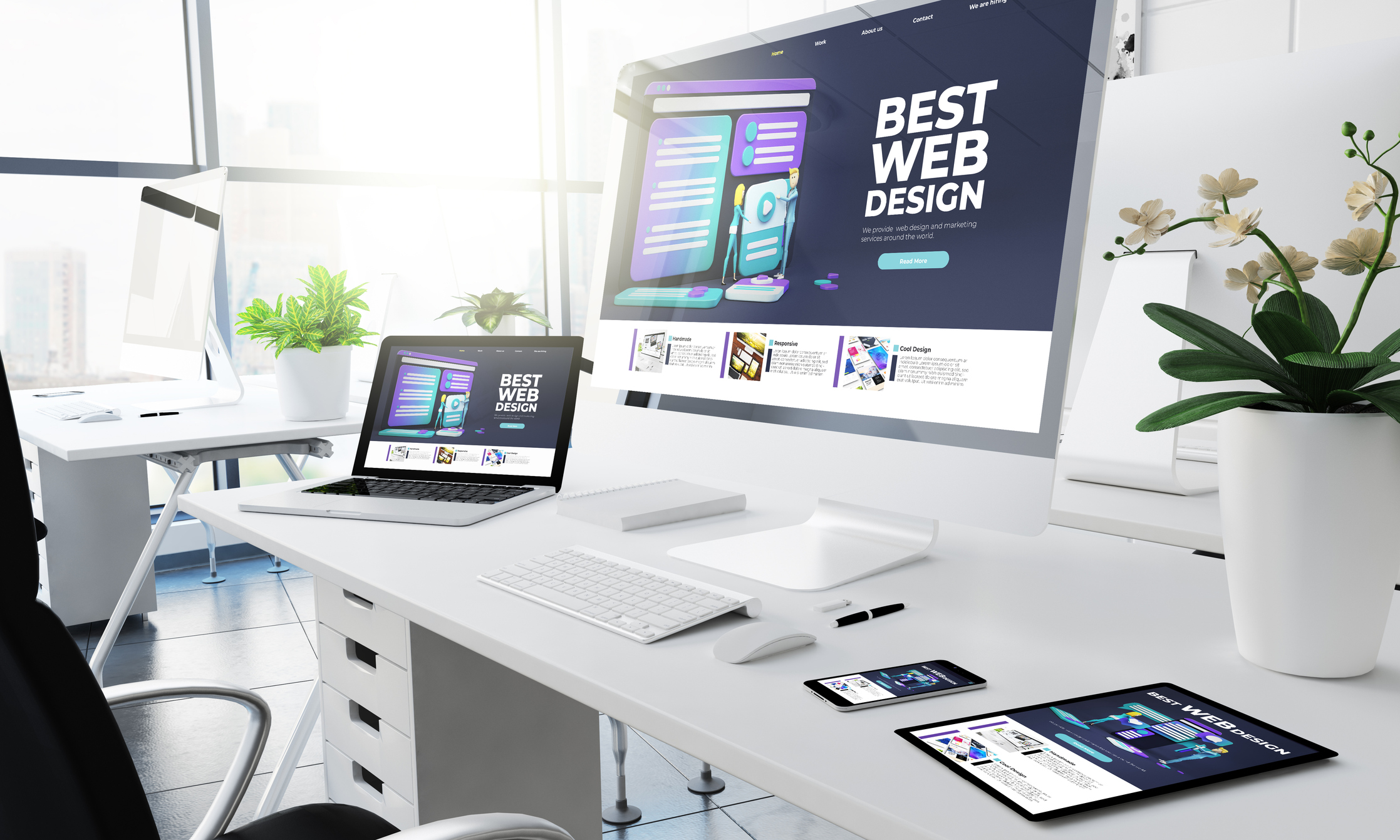
User-Centred Design: Creating Websites with a Focus on User Experience
Author
RHAD Agency
Published
June 24, 2023
In an increasingly digitised world, a website is like the front door of a business or organisation. Creating a user-friendly website has become essential.
User-Centred Design (UCD) focuses on building websites around users' needs, wants, and limitations. This approach ensures a more engaging, efficient, and accessible user experience (UX).
Businesses can significantly improve their online presence and user satisfaction by engaging in a website development service.
Understanding User-Centred Design (UCD)
UCD is a design philosophy and a process that places the user's needs at the centre of web design and development.
Rather than moulding the user to fit the product, UCD involves developing the product around the user.
This approach requires research, design, development, and evaluation phases that concentrate on understanding and fulfilling user requirements.
Benefits of UCD
- Enhanced User Satisfaction: By creating a design that aligns with the preferences and needs of the users, their satisfaction levels are substantially increased.
- Increased Efficiency: UCD often leads to more intuitive navigation and structure, allowing users to perform tasks faster and with fewer errors.
- Improved Accessibility: When the focus is on the user, ensuring the website is accessible to people with disabilities becomes a priority.
- Increased ROI: Satisfied users are more likely to convert into customers, recommend the website to others, and become repeat users.

source: istock
Steps in User-Centred Design
- Research and Analysis: This initial stage involves understanding the target audience, their preferences, and the goals they wish to accomplish on the site.
A website developer plays a critical role in this phase by gathering and analysing data related to user demographics, behaviours, and motivations.
- Creating Personas and Scenarios: Based on the research data, creating user personas helps in understanding the users more intimately.
Scenarios further illustrate how these personas will interact with the website.
- Information Architecture: This involves creating a structured layout of information and features.
Here, ensuring that the website's structure is logical and makes sense to the user is important.
- Design: At this phase, wireframes and prototypes are created. The focus should be on creating an intuitive and visually appealing design.
This is where a web design company can make a huge difference by using its graphic design, typography, colour theory, and UI design expertise.
- Usability Testing: Before the website goes live, testing it with real users is imperative.
This phase helps understand if the design meets user needs and allows for necessary refinements.
- Implementation and Deployment: After testing and refining the design, the website is ready for implementation and deployment.
Ensuring the final product remains true to the UCD principles is essential.
- Evaluation and Iteration: Post-launch, it’s important to continuously monitor the website's performance and gather user feedback for ongoing improvements.
Engaging the Right Service Providers
For a successful UCD process, engaging the right service providers is crucial.
A website development service will be instrumental in the technical aspects of building the website. They ensure that the site is functional, scalable, and secure.
A web design company, on the other hand, will concentrate on the aesthetic aspects.
They will ensure that the site is functional, visually appealing, and engaging. Their UI/UX design expertise will be invaluable in ensuring the site offers an immersive experience.
However, it’s essential to remember that UCD is a collaborative process, and the website developer should also be involved in aspects of design.
They will be instrumental in ensuring that the back-end structure of the website supports the front-end user experience.
The Importance of Responsive Design in User-Centred Design
As the variety of devices used to access the internet continues to grow, ensuring that your website can adapt to different screen sizes and resolutions is essential. This adaptability is known as responsive design.
- Device Diversity: Users access websites through a multitude of devices, including desktops, tablets, smartphones, and even smart TVs.
A UCD approach involves designing websites that can adapt seamlessly to all these devices.
- Improved User Engagement: Responsive design ensures that regardless of the device, the user has a consistent experience, which improves engagement and reduces bounce rates.
- Enhanced SEO: Search engines favour websites that are mobile-friendly, and a responsive design is key to achieving this.
This can lead to better rankings in search engine results.
- Cost-Efficiency: Maintaining separate sites for different devices can be costly and time-consuming.
Responsive design means you only need to maintain one site that works across all devices.
Ethical Considerations in User-Centred Design
As designers focus on improving the user experience, it's also essential to consider the ethical implications of design decisions.
- Data Privacy and Security: A UCD approach often involves collecting data from users to improve the design.
It’s crucial to handle this data responsibly, secure it properly, and be transparent with users about how their data is used.
- Inclusivity: UCD should include considerations for all demographics.
This includes not just accessibility for users with disabilities but also cultural sensitivity and avoidance of biases.
- Honesty and Transparency: It's important that the design doesn’t manipulate or deceive users.
For example, employing 'dark patterns' to trick users into signing up for services should be avoided.
- Environmental Sustainability: Designers should also consider the environmental impact of their designs.
For example, optimising web pages to load faster can reduce the energy consumption of data centres.

source: istock
Continuous Learning and Adaptation
The digital landscape is ever-evolving, and user preferences and technologies change over time. For a UCD to be successful, it's imperative that it is not a one-time process.
Continuous learning, user feedback, and adaptation should be a part of the design culture.
- Feedback Mechanisms: Implementing tools and channels to continuously collect user feedback is essential.
- Analytics: Use web analytics to track user behaviour and identify any areas causing friction.
- Regular Updates and Refinements: Regularly update the website to address any issues, adapt to new technologies, and continuously improve the user experience.
By understanding and implementing responsive design, considering the ethical implications of design decisions, and committing to continuous learning and adaptation, organisations can ensure that their User-Centred Design approach remains effective and relevant in a rapidly evolving digital landscape.
Through collaboration with a website development service, web design company, and a skilled website developer, User-Centred Design can become the foundation for building websites that not only meet but exceed user expectations, paving the way for digital success.
Conclusion
User-Centred Design is no longer a luxury but a necessity in web development.
In an age where users are bombarded with information and choices, it’s vital that your website stands out by offering a superior user experience.
Engaging a website development service, collaborating with a web design company, and involving a website developer in the UCD process ensures that your site meets user expectations and exceeds them.
By focusing on the user, UCD translates into higher user satisfaction, increased efficiency, improved accessibility, and a higher return on investment for your online presence.
Partner with RHAD Agency for Unmatched User-Centred Design
Looking for the ideal partner to bring the best out of your website through User-Centred Design? Look no further than RHAD Agency.
Our experts understand the intricacies of creating websites, focusing on user experience.
Whether it's researching user needs, creating visually appealing designs, ensuring accessibility, or embracing responsive design, RHAD Agency is the all-in-one solution.
We help you develop a website and ensure it evolves with the changing needs of your audience. Don't miss the opportunity to set your online presence apart.
Take the first step towards a user-focused future by contacting RHAD Agency today!
RHAD Agency
